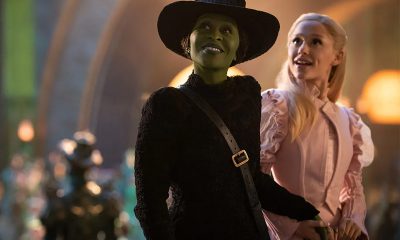Arts & Entertainment
‘The Handmaid’s Tale,’ ‘Dear White People’ are compelling new TV shows
‘The Handmaiden’s Tale,’ ‘Dear White People’ are compelling new TV shows


Logan Browning in ‘Dear White People,’ an uneven yet wortwhile new show that premieres this week. (Photo courtesy Netflix)
This week, the resistance comes to streaming TV. Even though these exciting series were in production long before last November’s election, they’ve gained relevance as the new administration reaches the 100-day mark.
The first series is the stunning new adaptation of Margaret Atwood’s revolutionary novel “The Handmaid’s Tale” which premiered on Hulu this week. The story is set in the all-too-near future. In a world where environmental calamities have caused the birthrate to plummet, extreme right-wing Christian fundamentalists have overthrown the U.S. government and established a totalitarian theocracy called Gilead in its place.
Gay men and other enemies of the regime are summarily executed. Women are not allowed to read and are strictly color coded by function. Wives of the elite are dressed in blue; “Marthas” (domestic servants) are dressed in green; and, “Handmaidens” are dressed in red. The Handmaidens, the only remaining fertile women, are forced into sexual slavery, serving as concubines for the ruling Commanders and the Wives.
“The Handmaid’s Tale” is narrated by Offred (Elisabeth Moss) who is the Handmaiden for the “Commander” (Joseph Fiennes) and his wife Serena Joy (Yvonne Strahovski). Moss (“Mad Men”) turns in a brilliant performance in a role of staggering physical and emotional demands. She not only turns in a wonderfully subtle turn as the seemingly composed and serene Handmaiden whose understated gestures convey a world of meaning, but also provides a vibrant voice-over narration and plays “June” in flashbacks of life before the establishment of Gilead.
The supporting cast, including Samira Wiley (“Orange is the New Black”) as June’s lesbian bff and Alexis Bledel (“Gilmore Girls”) as Offred’s companion. is uniformly excellent. Of special note is Ann Dowd who plays Aunt Lydia, one of the “Aunts” who indoctrinate the Handmaidens into their new lives. As a trainer, she is horrifically brutal, but as a midwife, she is surprisingly tender. The amazing ability of Atwood and series writer Bruce Miller to create such fascinating well-rounded characters is one of the great strengths and joys of the 10-episode series.
“Dear White People,” which premieres on Netflix on Friday, April 28, approaches contemporary politics from a more satiric angle. Based on the excellent 2014 movie of the same name by out writer/director Justin Simien, the 10-episode series wells the story of four black students at Winchester University, a predominantly white school. The movie covers freshman year; season one of the series covers sophomore year.
The same characters return (although most are played by different actors), but the continuity between the movie and the show is inconsistent. Troy (Brandon P. Bell) is the pot-smoking son of the dean, struggling to meet his father’s high expectations. Sam (Logan Browning) is the campus radical and host of the hard-hitting radio show that gives the series its name. Coco (Antoinette Robinson) is now an ambitious pre-law student. Lionel (DeRon Horton) is uneasily juggling his identities as a gay man, a journalist, an activist and a black man.
Unfortunately, the series suffers from sophomore slump. The first four episodes are mired in repetitive exposition, rehashing the grotesque blackface party that ends the movie. The series start to gain some traction in episode five, but it doesn’t really catch fire until the final episode (which was written and directed by Simien himself). The writing and directing of the other episodes (shared between several people) is uneven, often lacking the style and substance that made the movie such a delight.
Despite these flaws, the series is still worth watching. Simien and his creative team raise issues that need to be discussed. They are trenchant observers of our contemporary political climate and thoughtfully examine the messy intersections of race, class, gender and sexuality. The acting is strong and there are flashes of great writing.
a&e features
Queer highlights of the 2026 Critics Choice Awards: Aunt Gladys, that ‘Heated Rivalry’ shoutout and more
Amy Madigan’s win in the supporting actress category puts her in serious contention to win the Oscar for ‘Weapons’

From Chelsea Handler shouting out Heated Rivalry in her opening monologue to Amy Madigan proving that horror performances can (and should) be taken seriously, the Critics Choice Awards provided plenty of iconic moments for queer movie fans to celebrate on the long road to Oscar night.
Handler kicked off the ceremony by recapping the biggest moments in pop culture last year, from Wicked: For Good to Sinners. She also made room to joke about the surprise hit TV sensation on everyone’s minds: “Shoutout to Heated Rivalry. Everyone loves it! Gay men love it, women love it, straight men who say they aren’t gay but work out at Equinox love it!”
The back-to-back wins for Jacob Elordi in Frankenstein and Amy Madigan in Weapons are notable, given the horror bias that awards voters typically have. Aunt Gladys instantly became a pop culture phenomenon within the LGBTQ+ community when Zach Cregger’s hit horror comedy released in August, but the thought that Madigan could be a serious awards contender for such a fun, out-there performance seemed improbable to most months ago. Now, considering the sheer amount of critics’ attention she’s received over the past month, there’s no denying she’s in the running for the Oscar.
“I really wasn’t expecting all of this because I thought people would like the movie, and I thought people would dig Gladys, but you love Gladys! I mean, it’s crazy,” Madigan said during her acceptance speech. “I get [sent] makeup tutorials and paintings. I even got one weird thing about how she’s a sex icon also, which I didn’t go too deep into that one.”
Over on the TV side, Rhea Seehorn won in the incredibly competitive best actress in a drama series category for her acclaimed performance as Carol in Pluribus, beating out the likes of Emmy winner Britt Lower for Severance, Carrie Coon for The White Lotus, and Bella Ramsey for The Last of Us. Pluribus, which was created by Breaking Bad’s showrunner Vince Gilligan, has been celebrated by audiences for its rich exploration of queer trauma and conversion therapy.
Jean Smart was Hack’s only win of the night, as Hannah Einbinder couldn’t repeat her Emmy victory in the supporting actress in a comedy series category against Janelle James, who nabbed a trophy for Abbott Elementary. Hacks lost the best comedy series award to The Studio, as it did at the Emmys in September. And in the limited series category, Erin Doherty repeated her Emmy success in supporting actress, joining in yet another Adolescence awards sweep.
As Oscar fans speculate on what these Critics Choice wins mean for future ceremonies, we have next week’s Golden Globes ceremony to look forward to on Jan. 11.
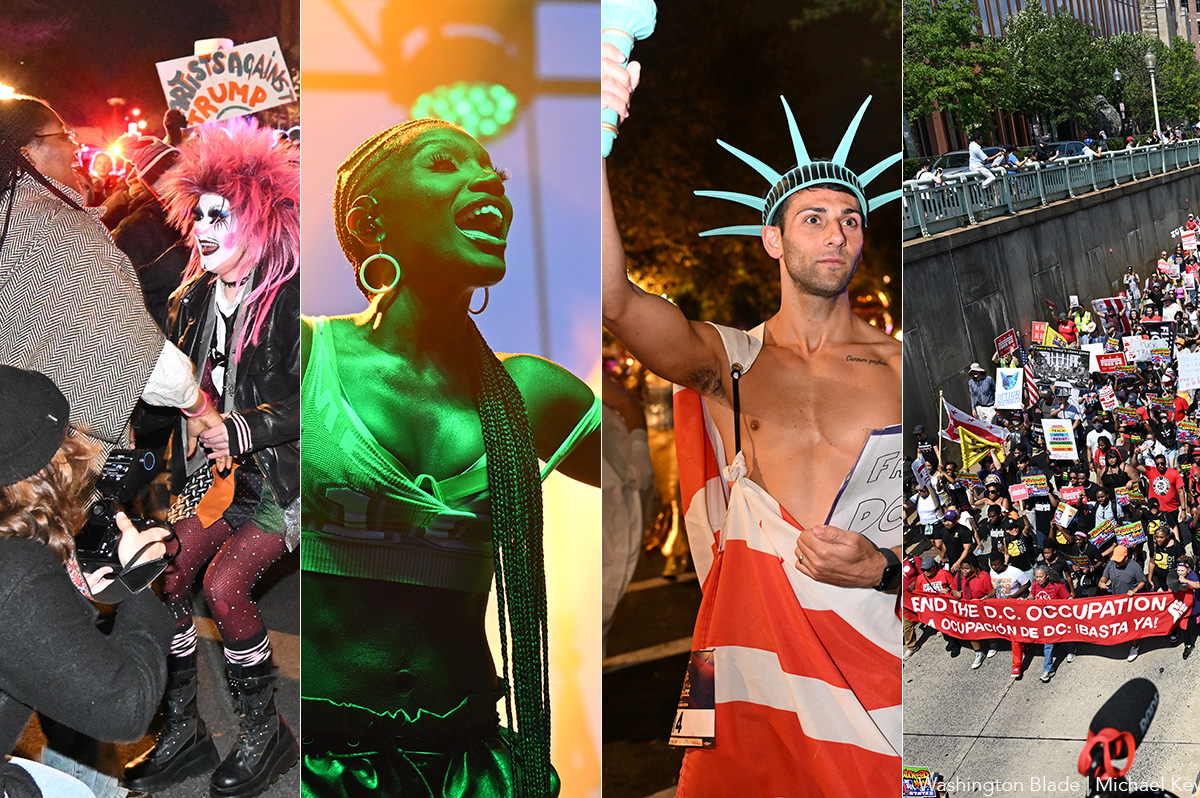
(Washington Blade photos by Michael Key)
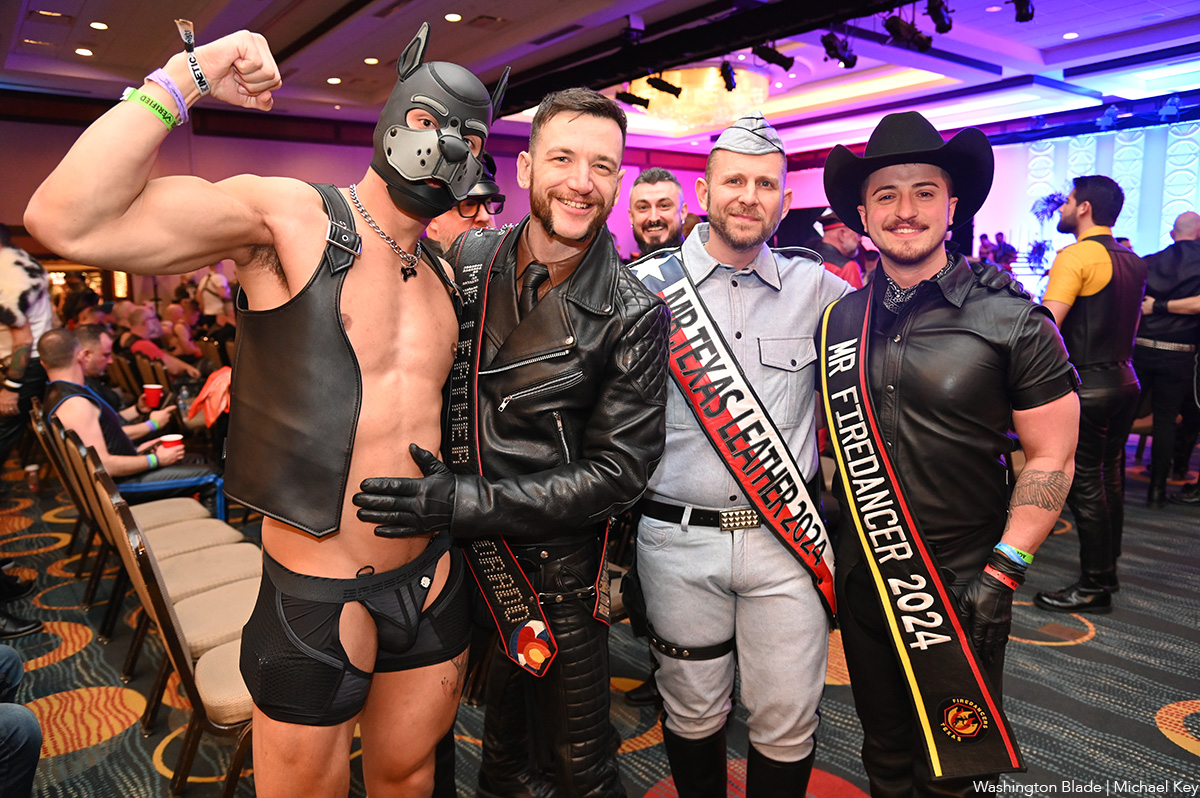
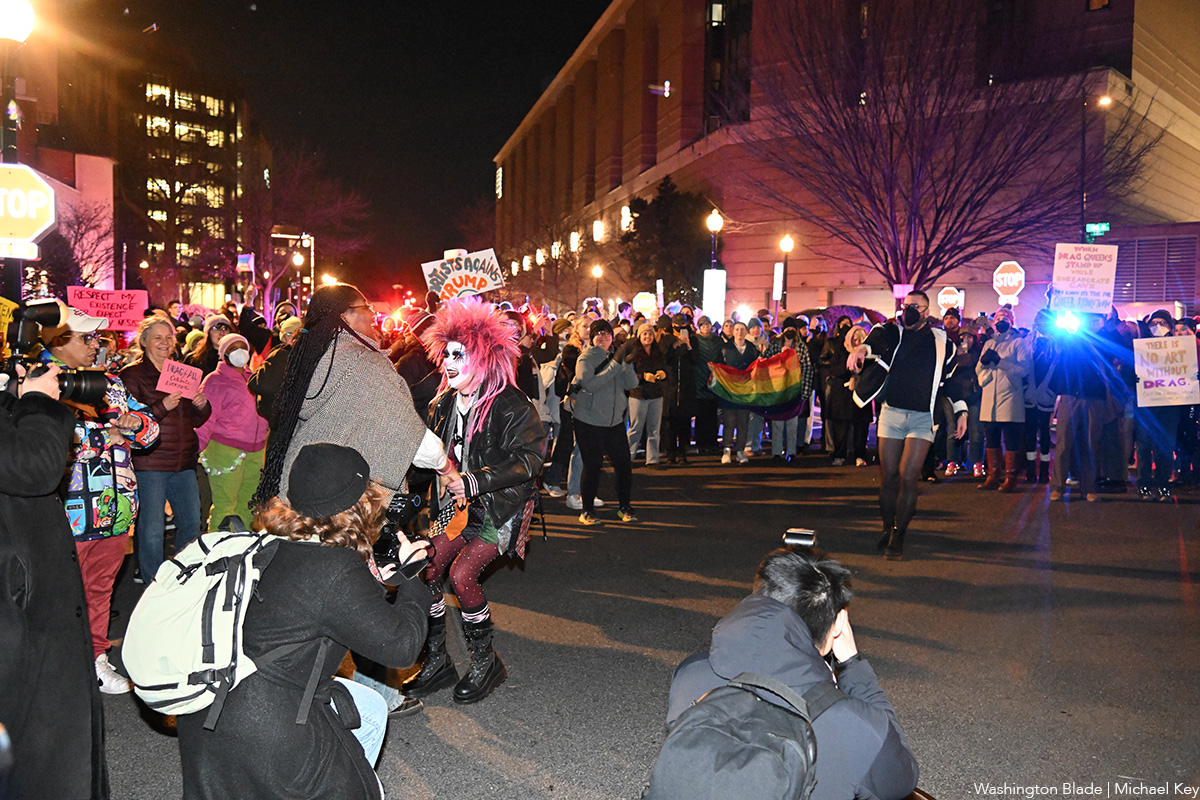
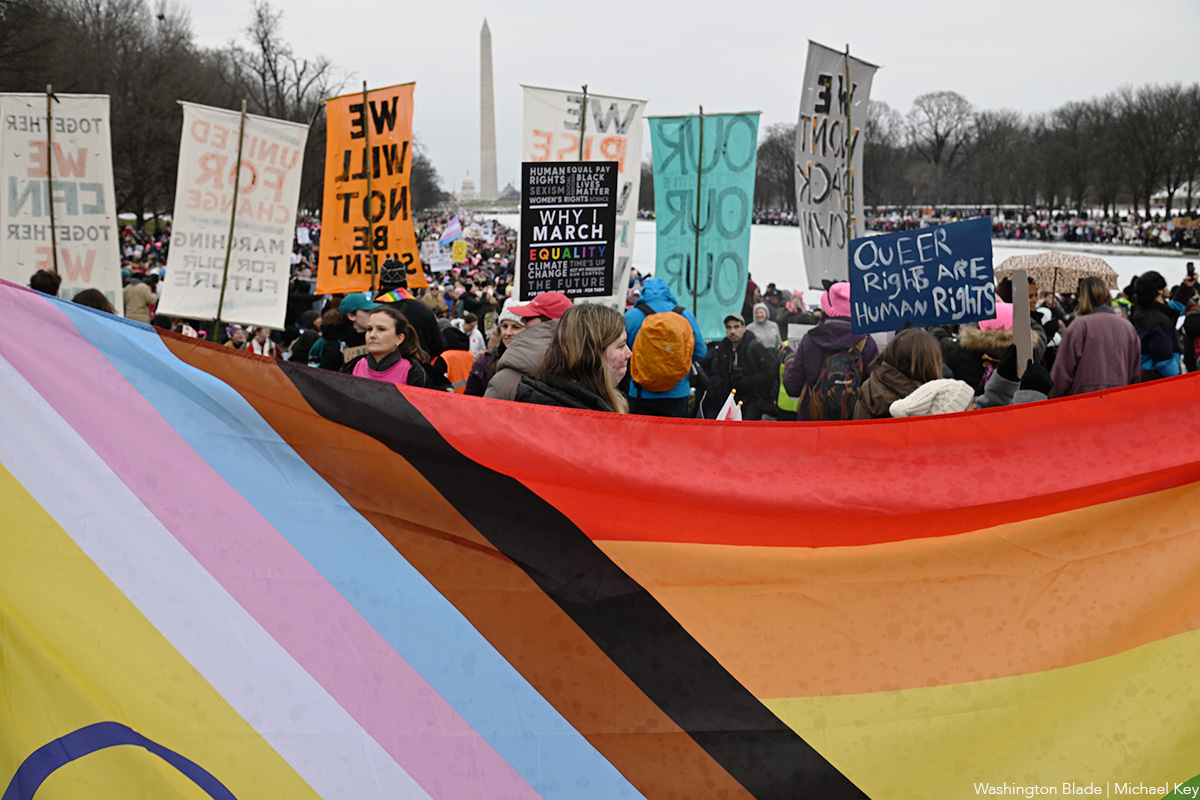
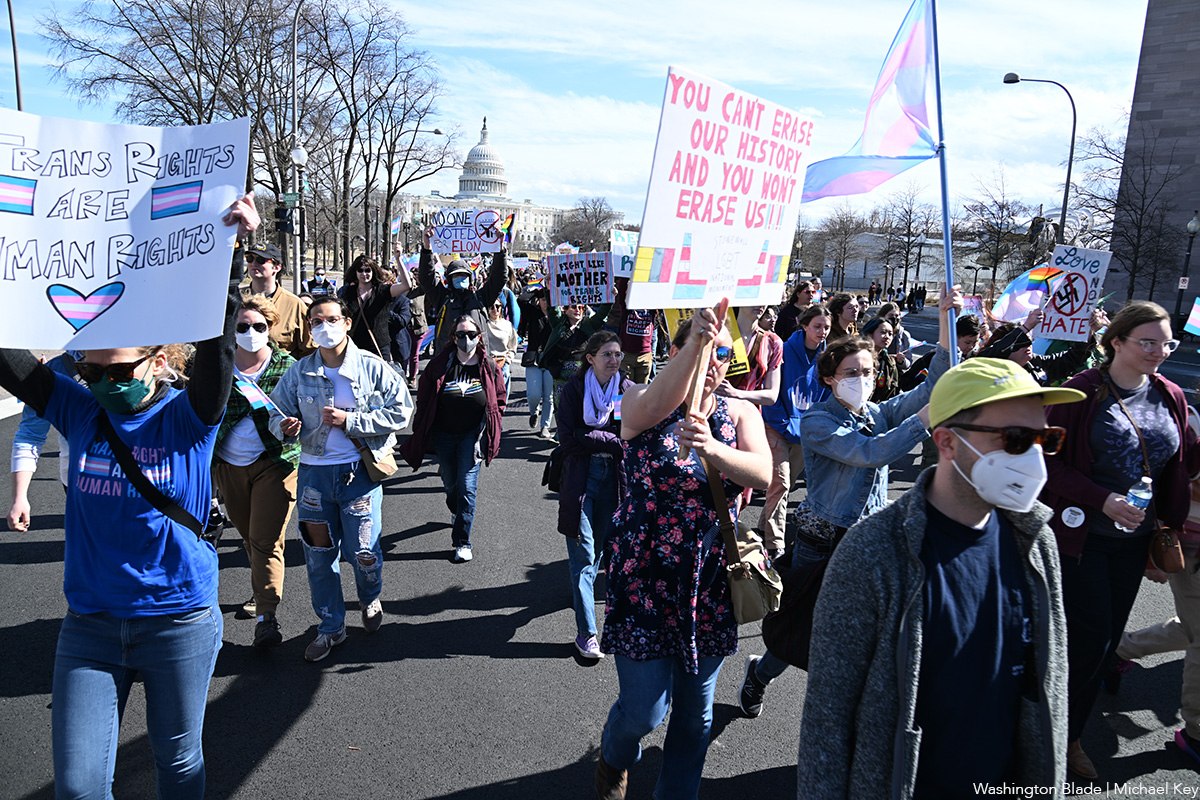
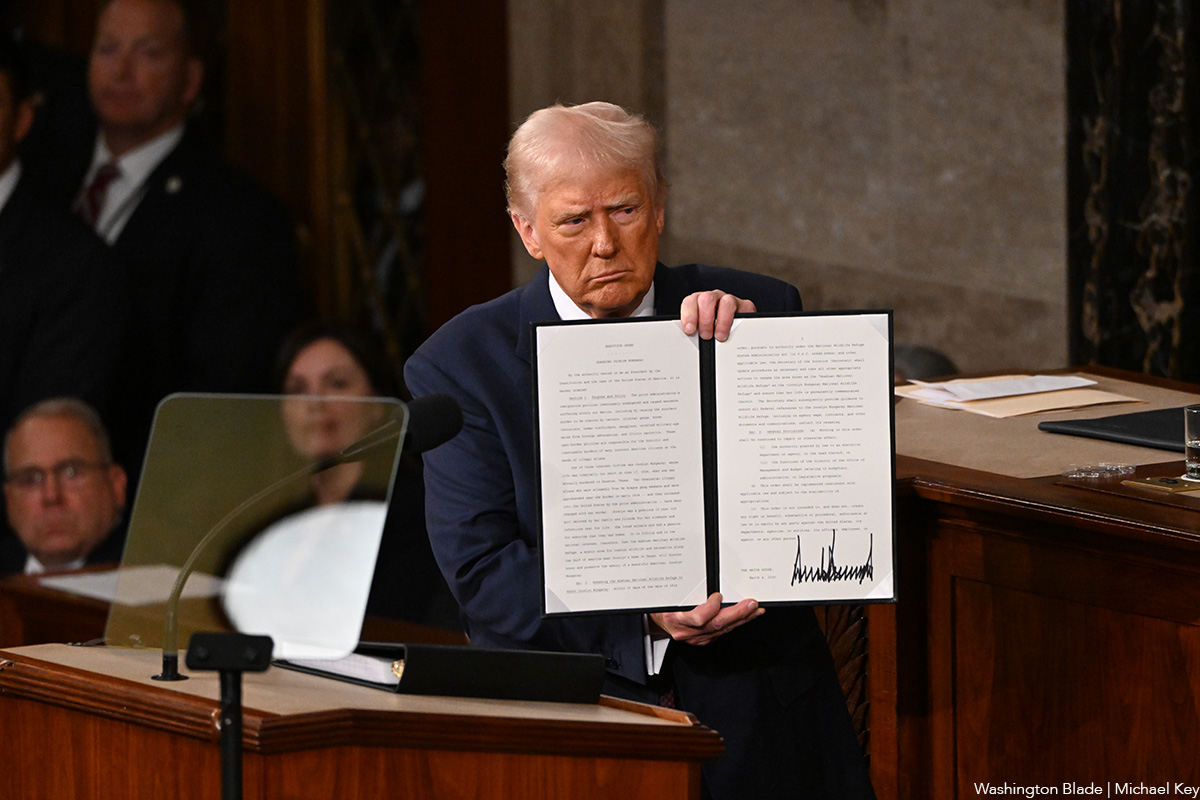

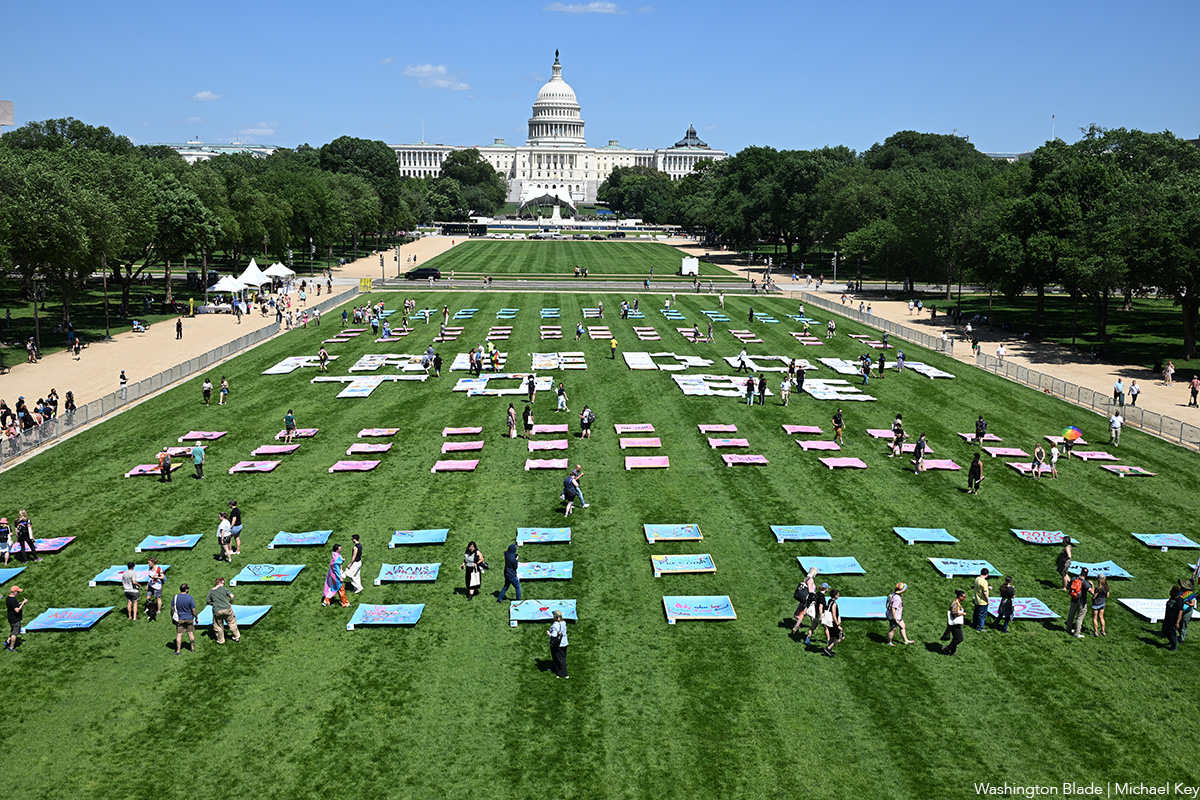
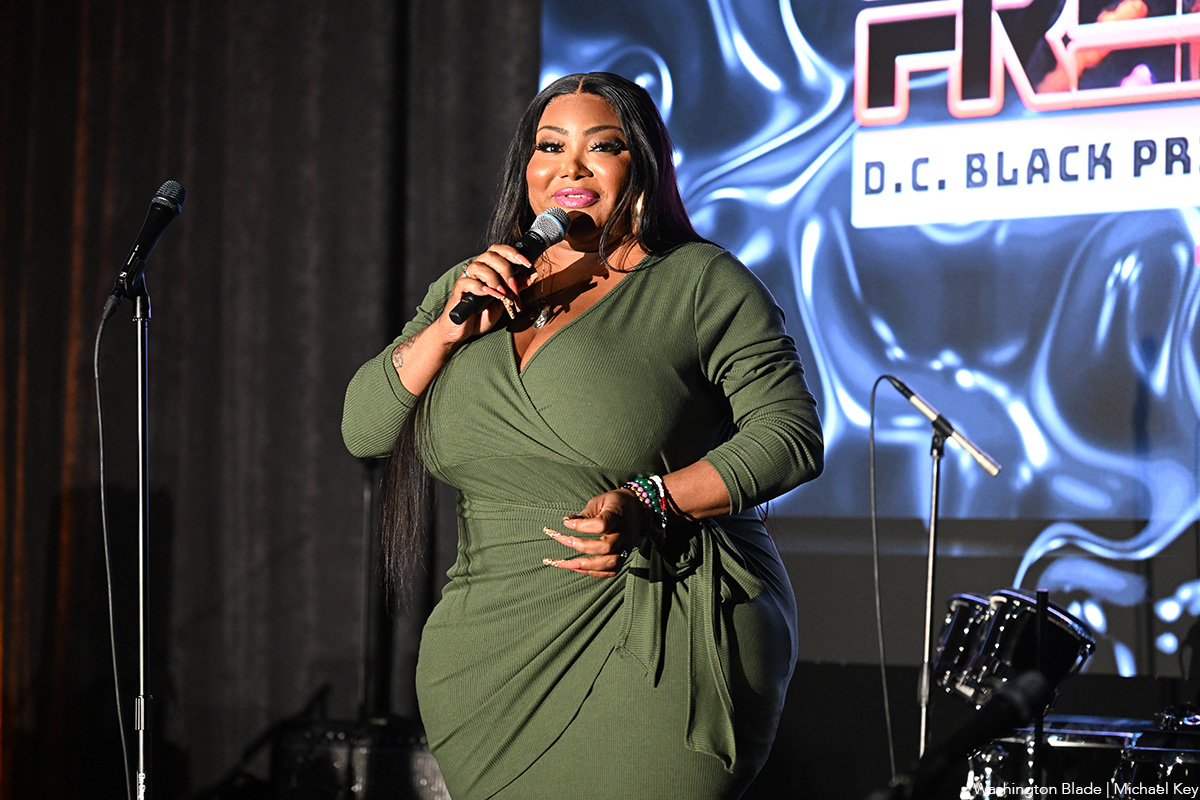
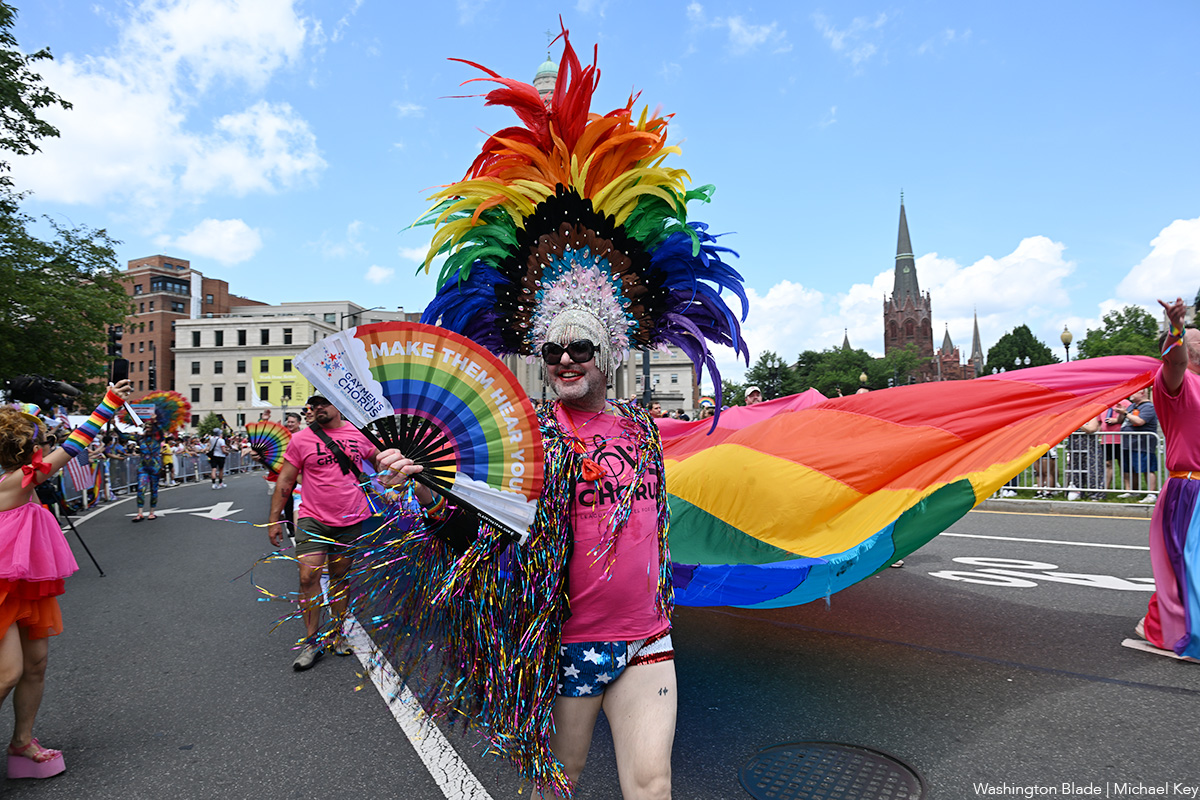

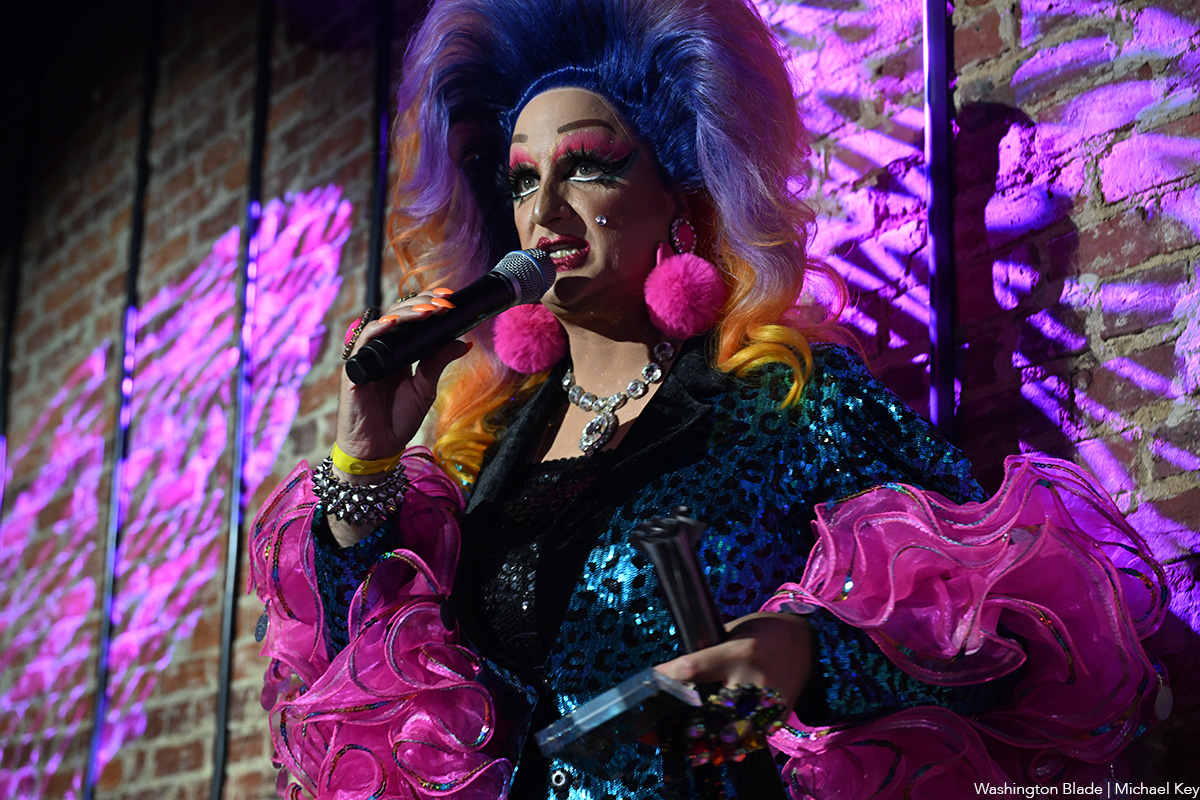
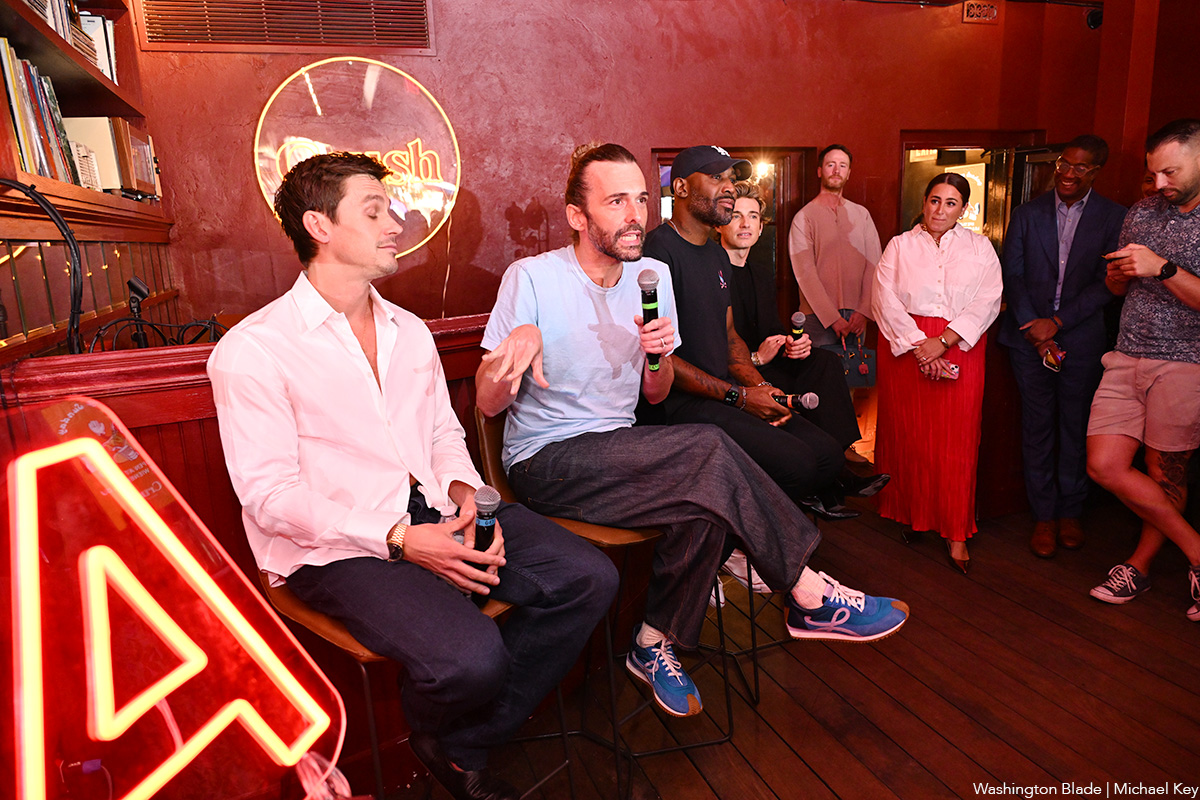


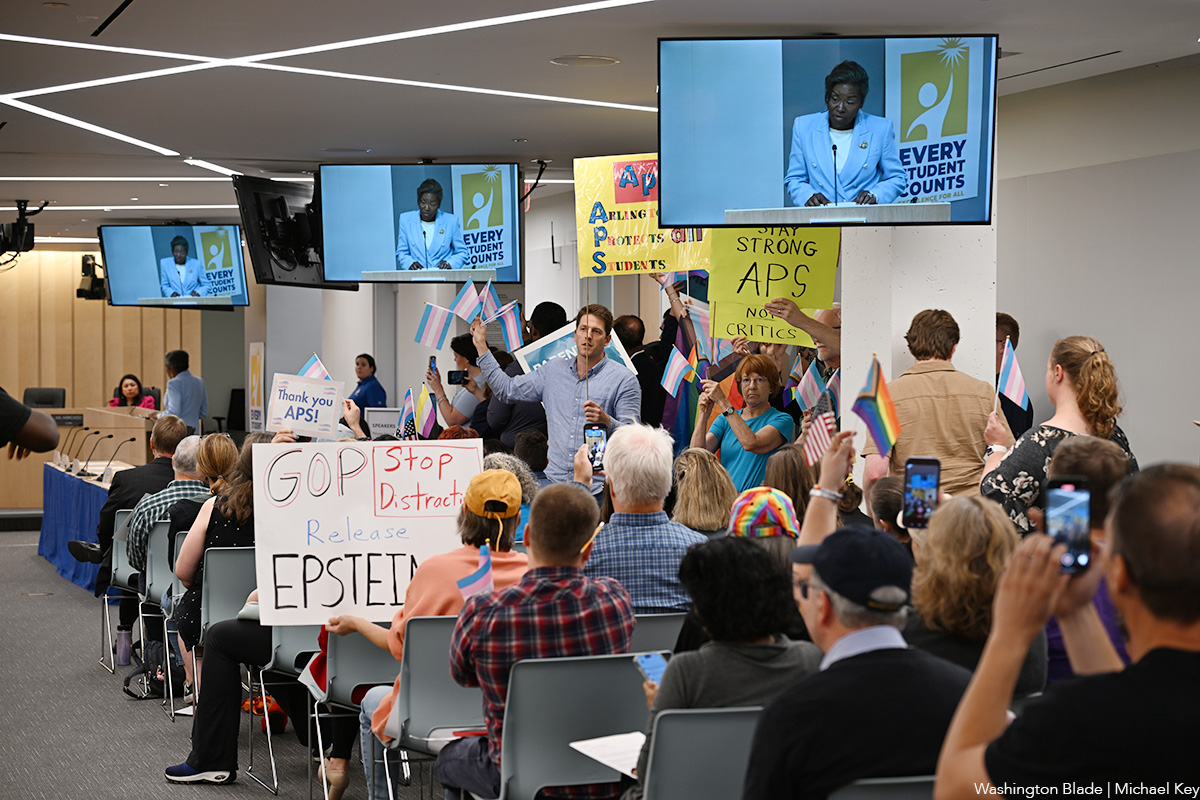
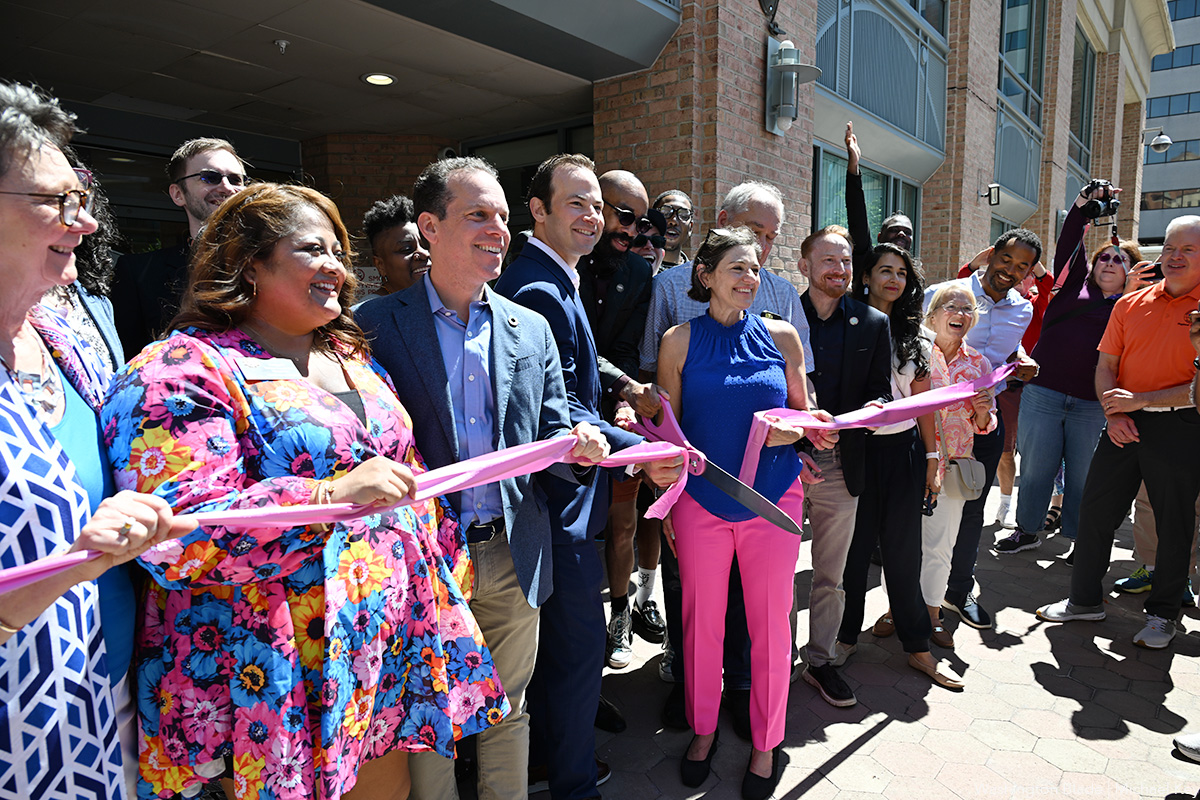

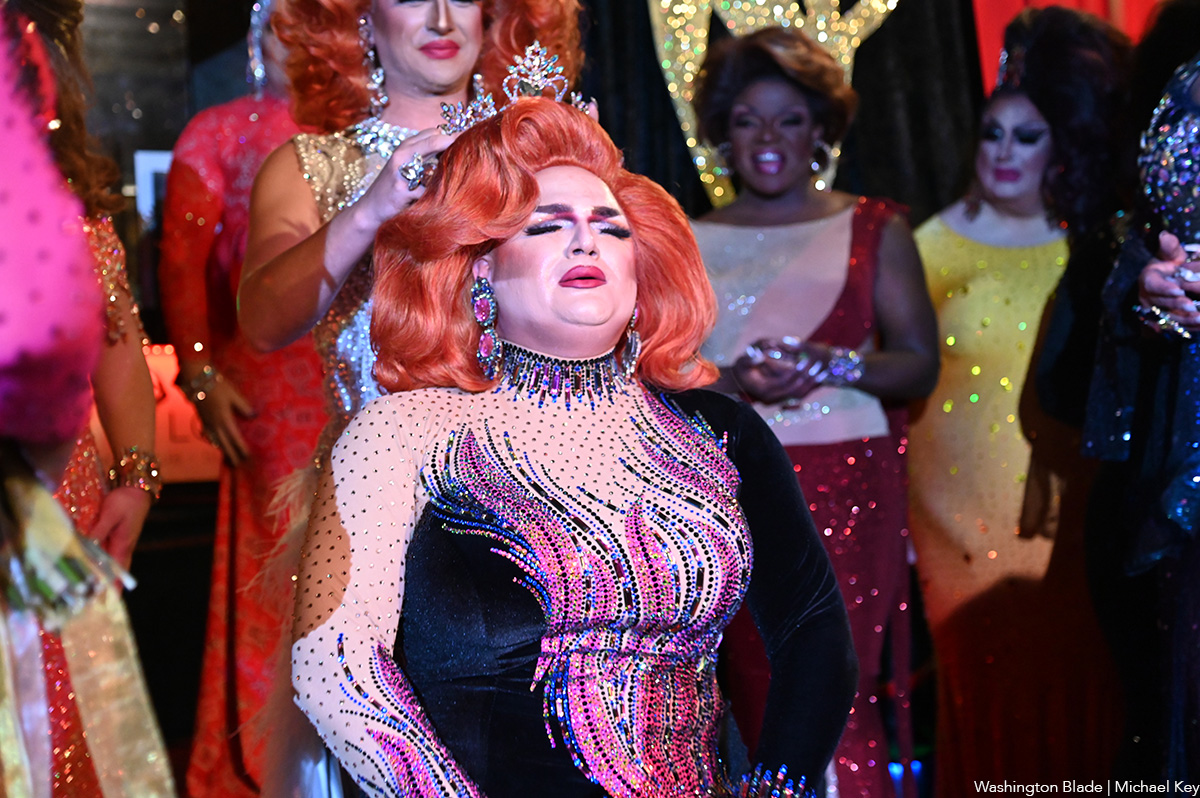

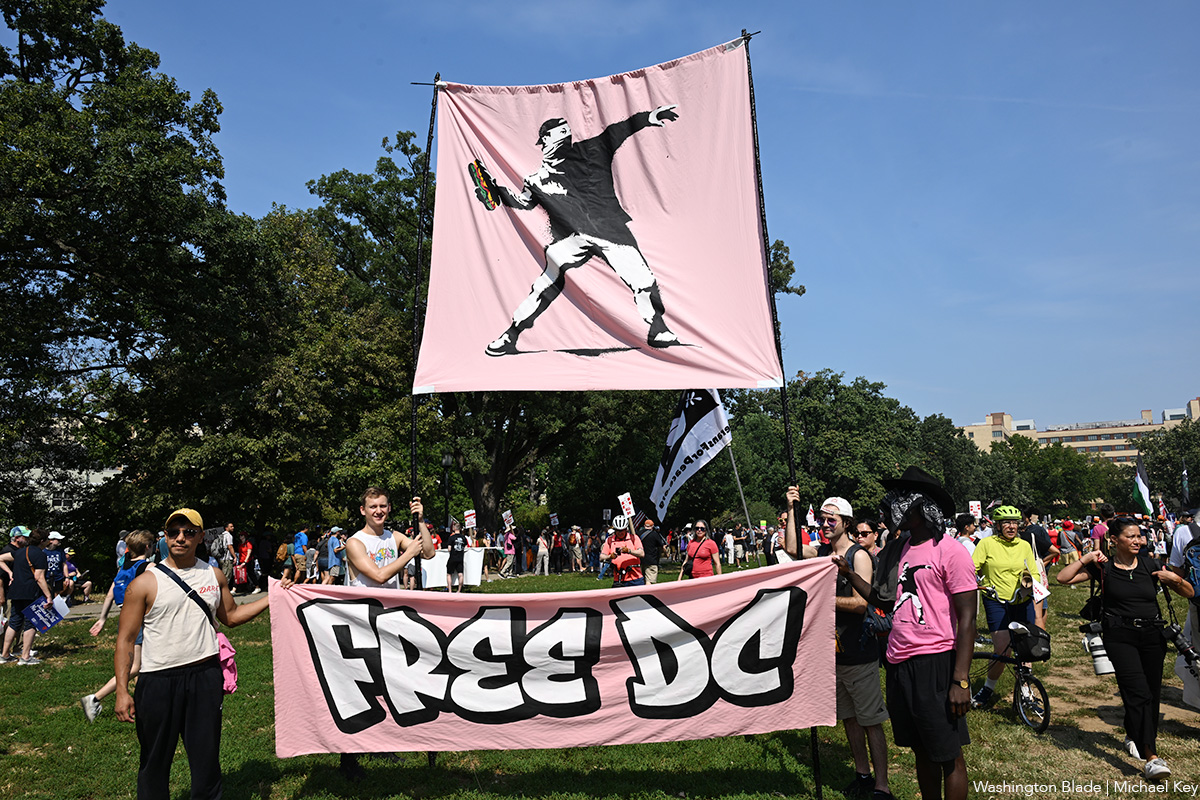
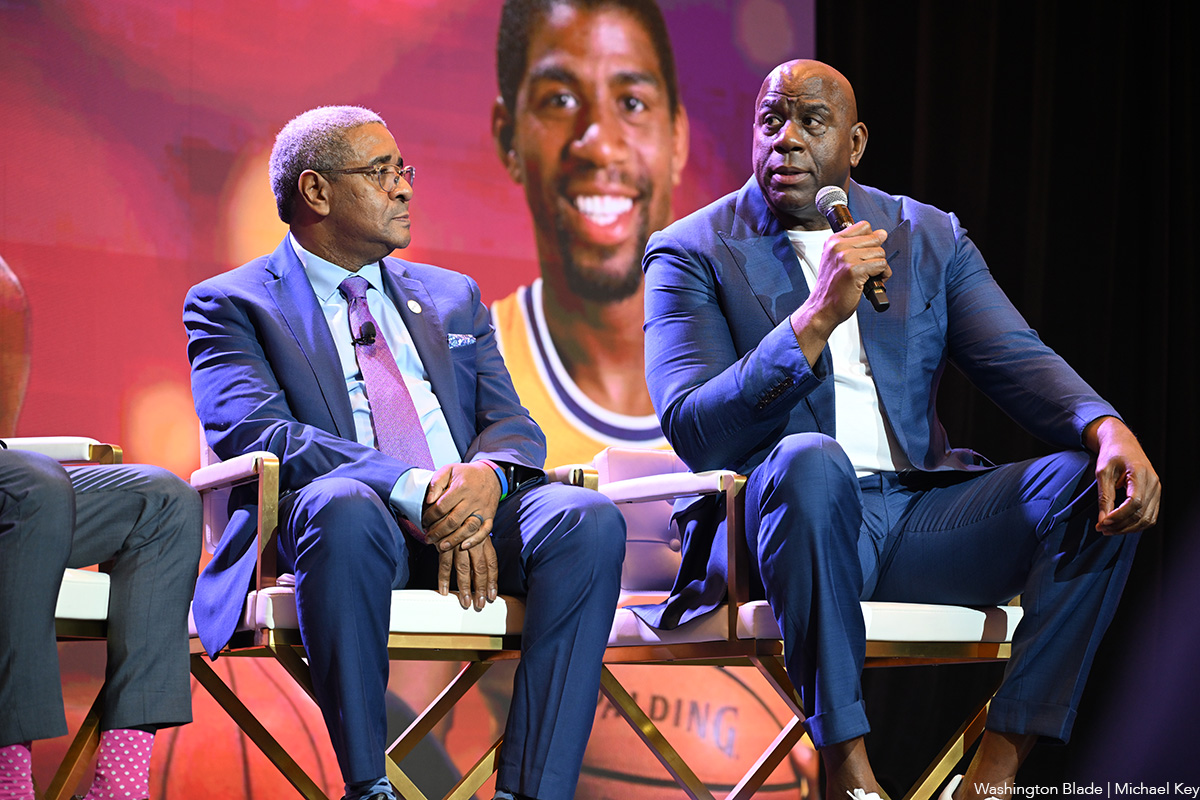

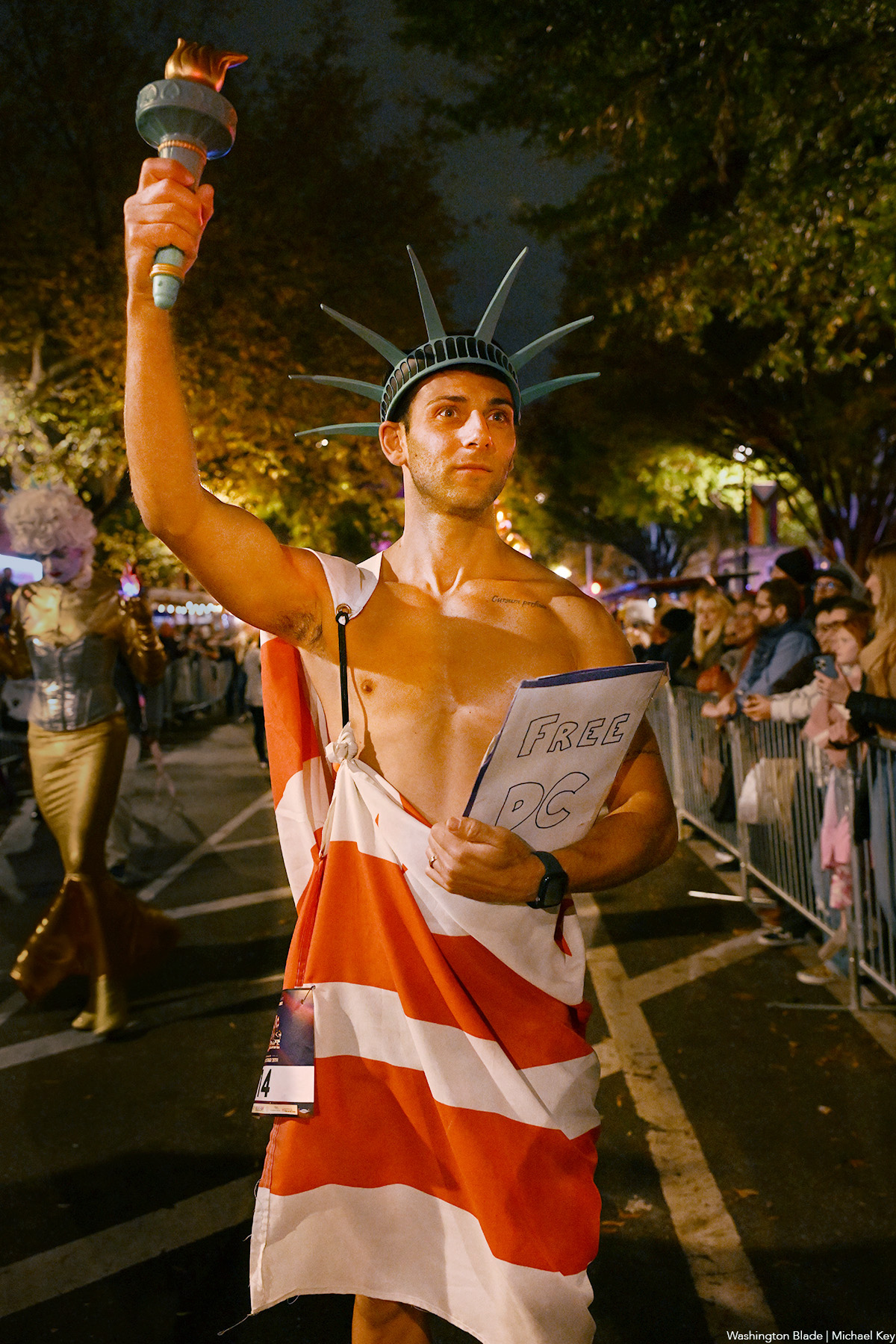
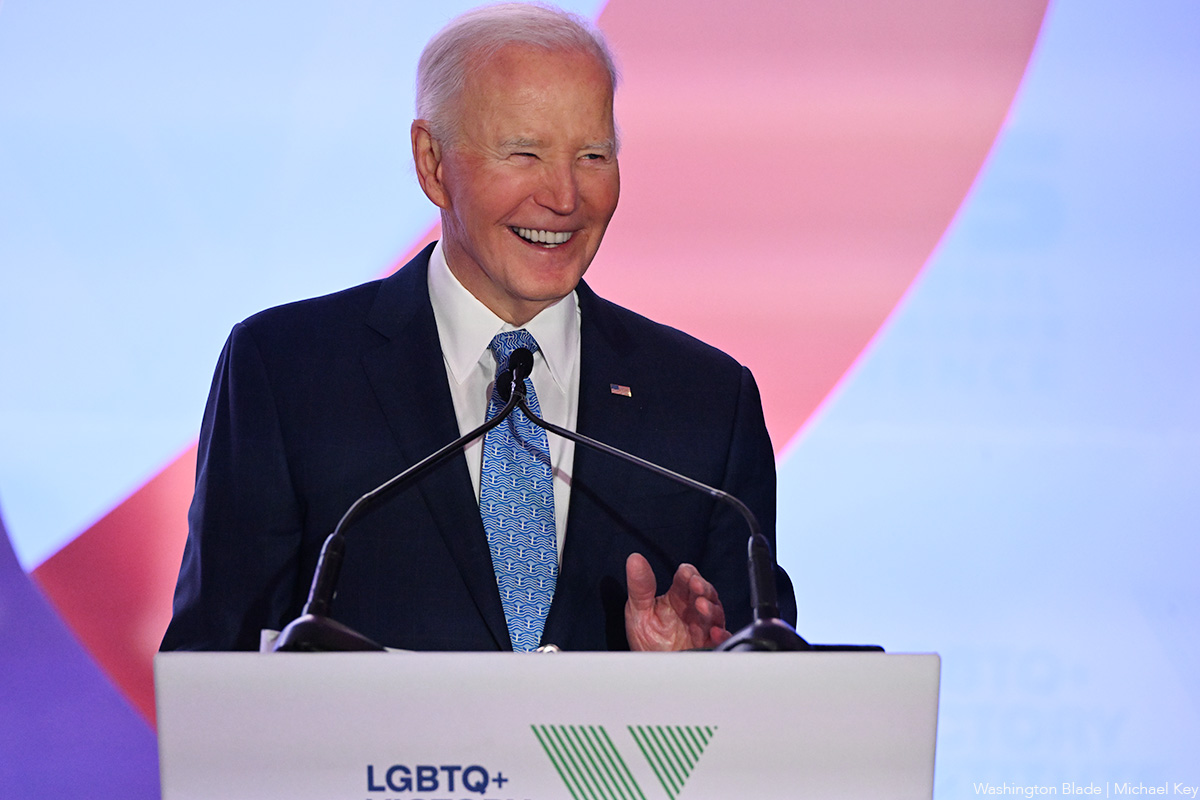
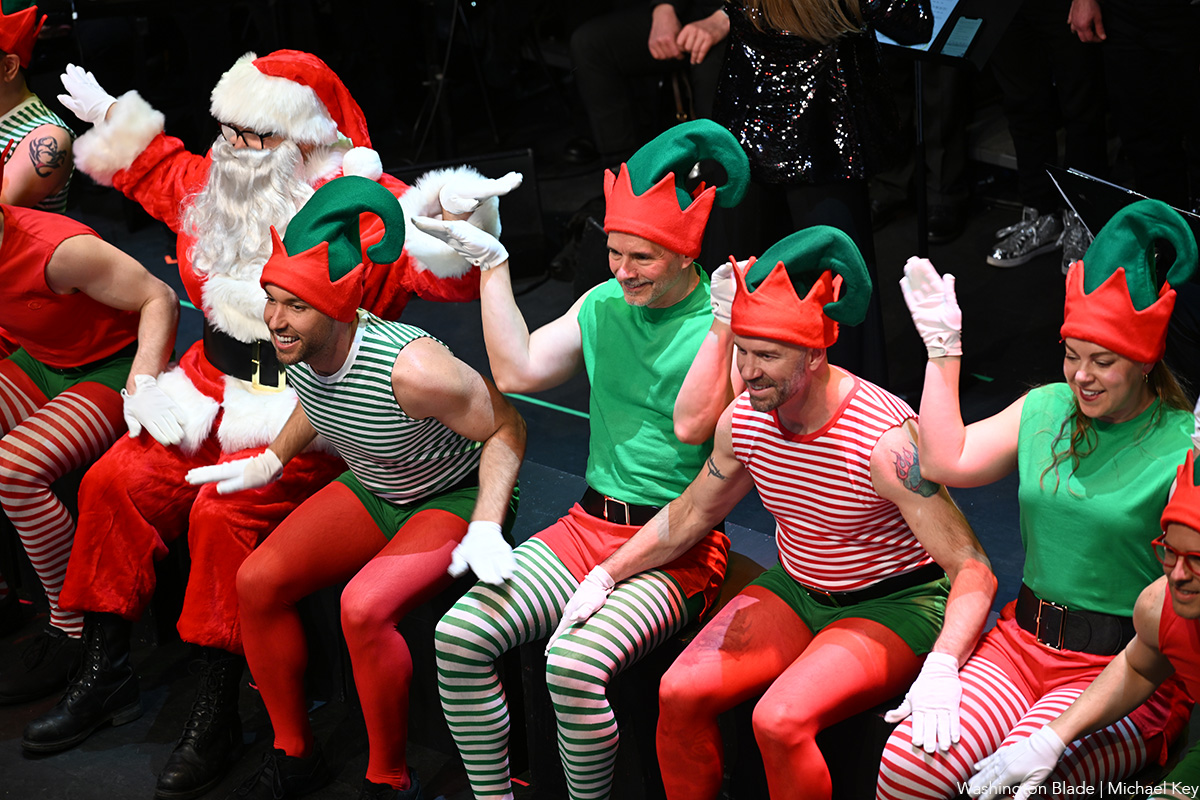

It’s been a year filled with drama and music, re-imaginings and new works. There was a lot on offer in 2025, and much to enjoy. Here are 10 now-closed productions that come to mind.
On Valentine’s Day at Folger Theatre on Capitol Hill, out actor Holly Twyford served as narrator for “The Love Birds” a Folger Consort work that melds medieval music with a world-premiere composition by acclaimed composer Juri Seo and readings from Geoffrey Chaucer’s “A Parlement of Foules”
Standing behind a podium, Twyford beautifully read Chaucer’s words (translated from Middle English and backed by projected slides in the original language), alternating with music played on old and new instruments.
While Mosaic Theater’s “A Case for the Existence of God,” closed in mid-December, it’s proving a production not soon forgotten. Precisely staged by Danilo Gambini, and impressively acted by Lee Orsorio and Jaysen Wright, the soul-searching two hander by out playwright Samuel D. Hunter, tells the story of two men who form an unlikely friendship based on single-fatherhood, a specific sadness, and hope.
The action unfolds in a small office in southern Idaho, where the pair discuss the perplexing terms of a mortgage loan while delving deep into their lives and backgrounds. Nothing is left off the table.
Shakespeare Theatre Company’s spring production of “Uncle Vanya” gave audiences something both fresh yet enduring. Staged by STC’s artistic director Simon Godwin, the production put an impeccably pleasing twist on Russian playwright Anton Chekhov’s classic. It ranks among the very best area productions of the year.
Featuring a topnotch cast led by Hugh Bonneville (TV’s “Downton Abbey”) in the title role, the play was set on an unfinished stage cluttered with costume racks and assorted props, all assembled by crew uniformed in black and actors in street clothes. Throughout the drama tinged with comedy, the actors continued to assist with ever increasingly period set changes accompanied by an underscore of melancholic cello strings. It was innovative and wonderful.
GALA Hispanic Theatre’s production of Manuel Puig’s “Kiss of the Spider Woman” was an intimate and affecting piece of theater. Staged by José Luis Arellano, it starred out actors Rodrigo Pedreira and Martín Ruiz as two very different men whose paths cross as convicts in an Argentine prison.
Arena Stage scored with a re-imagined and updated take on the widely liked musical “Damn Yankees.” Directed by Sergio Trujillo, the Broadway bound production has been “gently re-tooled for its first major revival in the 21st century,” moving the action from the struggling Washington Senators baseball team to the turn-of-the-century Yankees lineup. Ana Villafañe’s charmingly seductive Lola and a chorus of fit ball players made for a good time.
Also at Arena, out playwright Reggie D. White’s new work “Fremont Ave.” was very well received. A semi-autobiographical glimpse into home and the many definitions of that idea specifically relating to three generations of Black men, the work boasts a third act with a deeply queer storyline to boot.
Before his smash hit “Hamilton” transformed Broadway, Lin-Manuel Miranda wrote “In the Heights,” a seminal musical set against the vicissitudes of an upper Manhattan bodega. Infused with hip-hop, rap, and pop ballads, the romance/dramedy takes place over a lively few days in the vibrant, close-knit Latin neighborhood, Washington Heights.
Signature Theatre’s exciting take on “In the Heights” featured a talented cast including out actor Ángel Lozado as the bodega owner who figures prominently in the barrio and the action.
Studio Theatre’s recent production of lesbian playwright Paula Vogel’s newest work “The Mother Play,” a drama with humor, is about a well put together alcoholic mother and her two gay children living under difficult circumstances in the less glitzy parts of suburban Maryland. With nuanced performances and smart direction, the production was terrific.
Keegan Theatre surpassed expectations with its production of “Lizzie” a punk rock opera about Miss Borden, the fabled axe wielding title character. Performed by a super all-female cast, they belted a score that hits hard on subjects like money, queerness, and strained (to say the least) family relationships.
Round House Theatre impressed autumn audiences with “The Inheritance,” a two-part drama sensitively staged by out director Tom Story and acted by a mostly queer cast that included young actor Jordi Bertrán Ramírez in a breakout performance.
Penned by out playwright Matthew López, the epic work inspired by E.M. Forster’s novel “Howards End,” explores themes of love, legacy, and the AIDS crisis through the lives of three generations of gay men in New York City.
Prior to opening, Story commented that with the production’s predominately queer cast you get actors who “really understand the situation, the humor, and the struggle. It works well.” And he was right.

